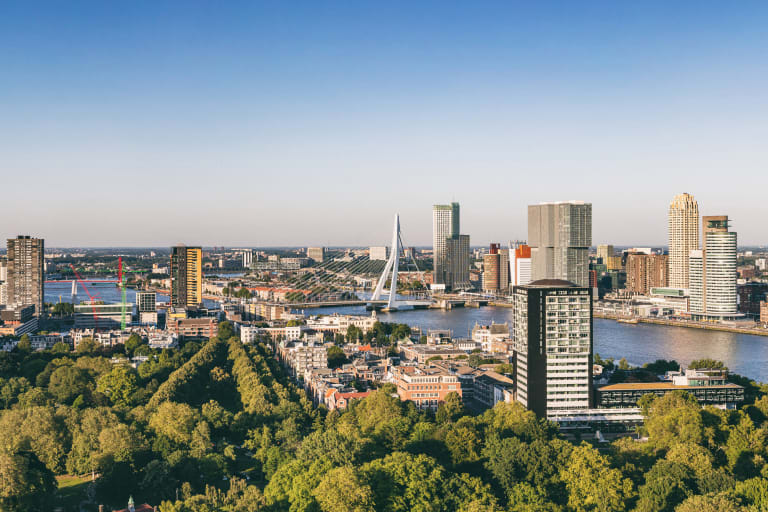How can we promote our authentic place, with authentic place marketing?
Authenticity is a word that often crops up in discussions about place marketing, and always in a positive sense. But we think it’s worth unpacking, because it’s used to refer to two, subtly different things that aren’t always differentiated:
Authentic place marketing: that is, promoting places with honesty and integrity.
The authentic place: that is, the real, uncontrived place, or perhaps the place’s essence.
Authentic place marketing
Firstly, authenticity refers to being honest in the way we practice place marketing. This means aspiring to truthfulness and integrity in our storytelling; acknowledging our place’s negative as well as positive aspects; recognising the fact that our place faces challenges as well as opportunities. And it’s a good thing for several reasons.
Firstly, it can help to establish trust and credibility with our audiences, instead of the skepticism that can follow when rose-tinted narratives are revealed as falsehoods. This is particularly important in an age when everyone’s a reviewer. False claims are likely to be exposed quickly and brutally, leading to a rapid loss of face from which it can be hard for marketers to recover.
It’s also a good thing because a place’s imperfections, and the challenges it faces, are integral to what makes it distinctive, relatable and lovable. They can be wrapped up with positive stories that resonate emotionally - of character and resilience as well as aspirations for the future. Put simply, a place’s imperfections can be at the heart of its attractiveness to people.
The authentic place
So, let’s assume, for all the good reasons stated above, we’re committed to honesty and integrity - authenticity - in our place marketing. This still begs the question:
How can we identify the real, authentic place - our place’s essence?
The challenge here is this: ask a hundred people to describe it and you’ll get a hundred different answers. People may talk about character traits, hidden corners, or unique capabilities. They might say it’s a wonderful place to live or that it’s stricken by crime and poverty (because every place has its problems). They could be describing completely different places. So how can we find the authentic place in all this?
A good starting point is to accept that places - whether they be cities, towns or regions - are inherently diverse and multi-faceted. Different individuals and groups of people experience them in different ways, and have contrasting ideas of what they’re really like, encompassing both positive and negative qualities. Therefore, to develop and tell engaging stories about the place as it really is, we need to listen to these different perspectives.
A range of authentic narratives
It’s important to remember this essential diversity when we consider the management and control of place marketing projects. Local government bodies often take the lead, and they can make the mistake of thinking that they are the city (or town, or region); that the place they see, from their perspective, based on their priorities and objectives, is the real one - or perhaps the approved one - that should be promoted through place marketing campaigns. As political and administrative bodies, local authorities are likely to be cautious, with a natural inclination towards a particular, official narrative. This is one, important perspective. But if it dominates, it can fail to reflect a place’s richness and variety - a wealth of unofficial stories that often resonate with target audiences.
In conclusion, if we want to discover and tell authentic stories about an authentic place, we need to see it from a range of perspectives. Which means building, managing and engaging effectively with a diverse stakeholder partnership.
 Nick SmillieSenior Consultant - Place Marketing
Nick SmillieSenior Consultant - Place Marketing

